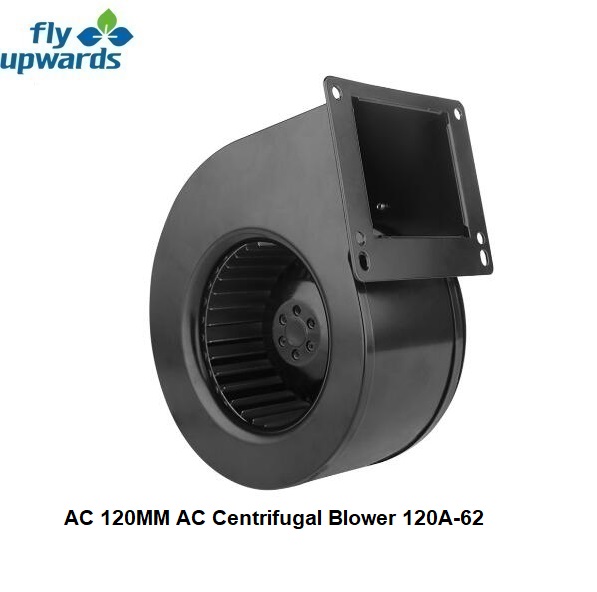Exploring the Differences: AC Forward Curved Fans vs. Backward Curved Fans
2024-05-21
In the world of ventilation and air conditioning, the type of fan used can make a significant difference in performance and application. Two common types of fans employed in these systems are AC forward curved fans and backward curved fans. While they serve the same purpose of moving air, their designs and characteristics vary, leading to differences in performance and suitability for various applications.
Understanding the Basics:
AC Forward Curved Fans:
AC forward curved fans are designed with blades that curve in the direction of rotation. These blades are typically attached to the outer edge of the fan wheel, and the curvature of the blades allows for efficient airflow. They are commonly used in HVAC systems, air purifiers, and other applications requiring high airflow at low pressures.
Backward Curved Fans:
On the other hand, backward curved fans have blades that curve against the direction of rotation. The blades are usually mounted on the inner circumference of the fan wheel, and their backward curvature allows for higher static pressure generation. This makes backward curved fans suitable for applications with higher resistance to airflow, such as ducted systems and equipment cooling.
Performance Comparison:
Airflow Efficiency:
AC forward curved fans are known for their high airflow efficiency, particularly at lower pressures. Their design enables them to move air effectively even with minimal resistance, making them ideal for applications where the focus is on delivering a high volume of air. In contrast, backward curved fans excel in situations requiring higher static pressure, providing efficient airflow even when faced with resistance from ductwork or filters.
Energy Consumption:
Due to their design optimized for high airflow efficiency, AC forward curved fans typically consume less energy compared to backward curved fans when operating under similar conditions. This makes them a preferred choice in environments where energy efficiency is a priority, helping to reduce operational costs and environmental impact.
Noise Levels:
In terms of noise levels, AC forward curved fans tend to produce lower noise compared to backward curved fans. The design of forward curved blades results in smoother airflow, which translates to quieter operation. This makes them suitable for applications where noise reduction is important, such as residential HVAC systems or office environments.
Application Suitability:
HVAC Systems:
AC forward curved fans are commonly used in HVAC systems for air circulation and ventilation. Their ability to efficiently move air at lower pressures makes them well-suited for applications like air handling units, where a constant and consistent airflow is required. Backward curved fans, on the other hand, are often deployed in ducted HVAC systems where higher static pressure capabilities are necessary to overcome resistance from ductwork and filters.
Industrial Applications:
In industrial settings, both types of fans find applications depending on the specific requirements of the environment. AC forward curved fans may be utilized in processes that involve cooling or ventilation of large spaces, while backward curved fans are preferred for applications such as equipment cooling or exhaust systems where higher static pressure is needed to overcome system resistance.
Conclusion:
While both AC forward curved fans and backward curved fans serve the purpose of moving air, their distinct designs result in differences in performance and application suitability. AC forward curved fans excel in high airflow efficiency at lower pressures, making them ideal for applications where energy efficiency and low noise levels are essential. On the other hand, backward curved fans are preferred in situations requiring higher static pressure capabilities to overcome resistance from ductwork or filters. Understanding these differences is crucial in selecting the right fan for a particular application, ensuring optimal performance and efficiency.



